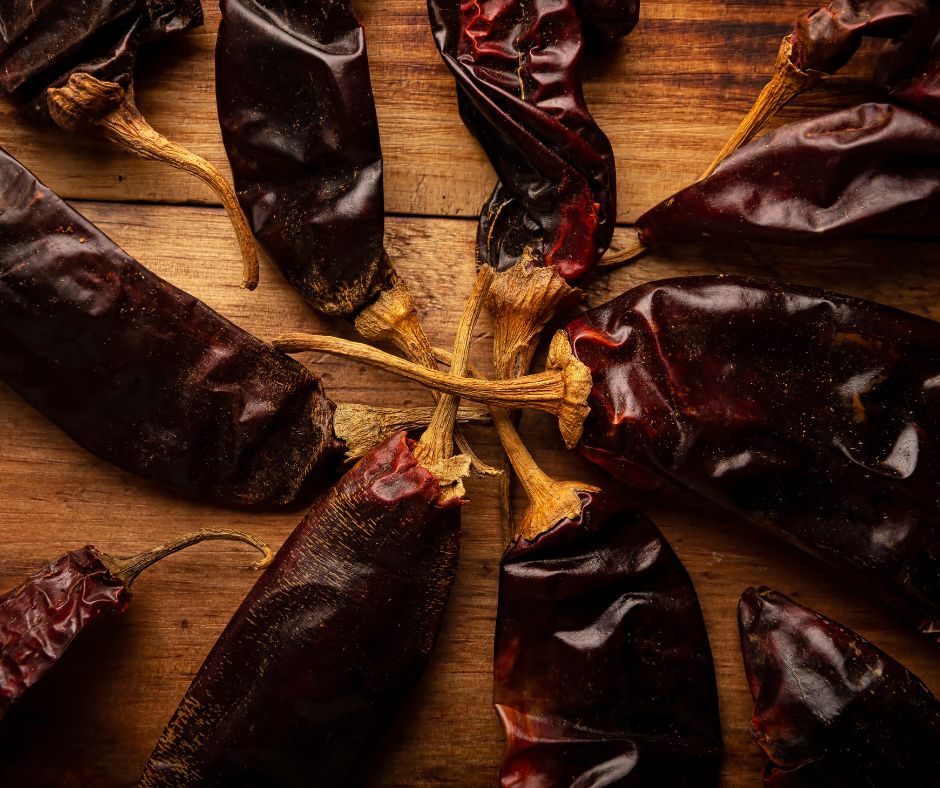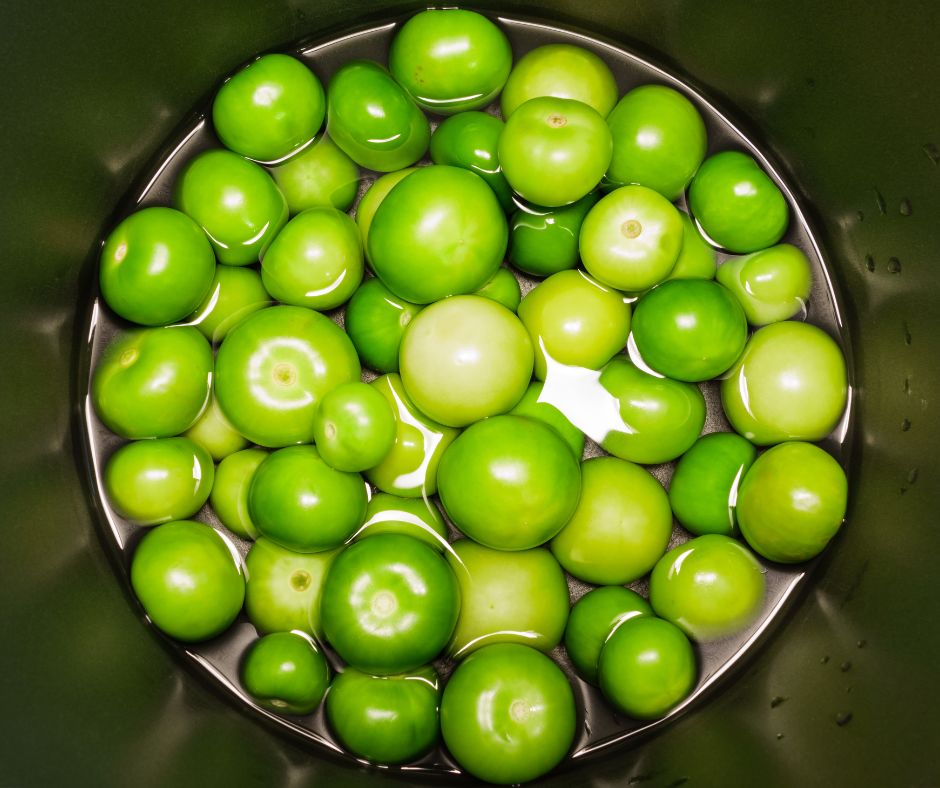
Typical Ingredients of Mexican Cuisine: What Makes It Unique
Mexican cuisine is one of the most distinctive in the world—rich, colorful, and deeply rooted in history. It emerged as a unique blend of pre-Hispanic flavors and the influences brought not only by Spanish colonizers in the 16th century, but also by other cultures such as the Middle Eastern, French, and Japanese. This fusion gave birth to a cuisine that has remained authentic while continuing to evolve.
Here are some essential ingredients that are typical of Mexican cooking:
1. Corn (Maíz)
A staple crop cultivated in Mexico for thousands of years before the arrival of Europeans. There are around 59 different kinds of domestic corn in Mexico. Used to make tortillas, tamales, atole, soups, and even desserts, corn is more than just an ingredient—it’s part of the cultural identity, considered sacred, and classified as an ancestral grain.

2. Chili Peppers (Chiles)
From mild to extremely spicy, chiles are the soul of Mexican cuisine. With about 64 different kinds of chili peppers native to Mexico—dried, fresh, smoked, or roasted—each brings a unique flavor, depth, and aroma to dishes. Some of the most well-known varieties include jalapeño, chipotle, poblano, guajillo, and pasilla.

3. Beans (Frijoles)
Another ancestral grain and cornerstone of traditional nutrition. Black, red, white—beans are boiled, fried, mashed, or served as a side. Along with corn, they form the nutritional heart of the Mexican diet.
4. Tomatillos (tomate verde)
Green fruits that resemble tomatoes but have a tangier flavor. They're mainly used to make salsa verde—a fresh, slightly tart sauce that pairs well with meat, tortillas, and eggs.

5. Avocado (aguacate)
The base of guacamole and a popular side dish. Thanks to its creamy texture and neutral flavor, avocado goes well with almost anything.
6. Cilantro (Cilantro)
An herb that tends to divide people—some can’t imagine Mexican food without it, others dislike its strong taste. Although cilantro is not native to Mexico and was introduced by the Spanish, it has been fully embraced and plays an essential role in Mexican cooking, especially in salsas, marinades, and as a fresh garnish.
7. Lime (Limón)
Fresh lime juice brightens up tacos, soups, seafood, and cocktails. It’s a key element in many recipes, adding tanginess and freshness.
8. Chocolate (Cacao)
In Mexico, chocolate is used not only in desserts but also in savory dishes—such as the famous mole poblano sauce.
9. Cheese (Queso)
Common varieties include queso fresco, cotija, and Oaxaca. They're sprinkled over finished dishes, melted into fillings, or served alongside beans and tortillas.

10. Onion and Garlic (Cebolla y Ajo)
These two ingredients form the flavor base of almost every recipe. Whether raw, sautéed, or roasted, they are indispensable.
11. Tomatoes and Vanilla (jitomates y vainilla)
Both native to Mexico, tomatoes and vanilla were introduced to the rest of the world from this region. Tomatoes are essential in countless sauces and stews, while vanilla—extracted from the pod of an orchid native to Veracruz—is a staple in desserts worldwide.
Mexican cuisine is built on simple ingredients, yet their combinations create complex flavors. That’s one of the reasons it has been recognized as part of UNESCO’s Intangible Cultural Heritage of Humanity.



